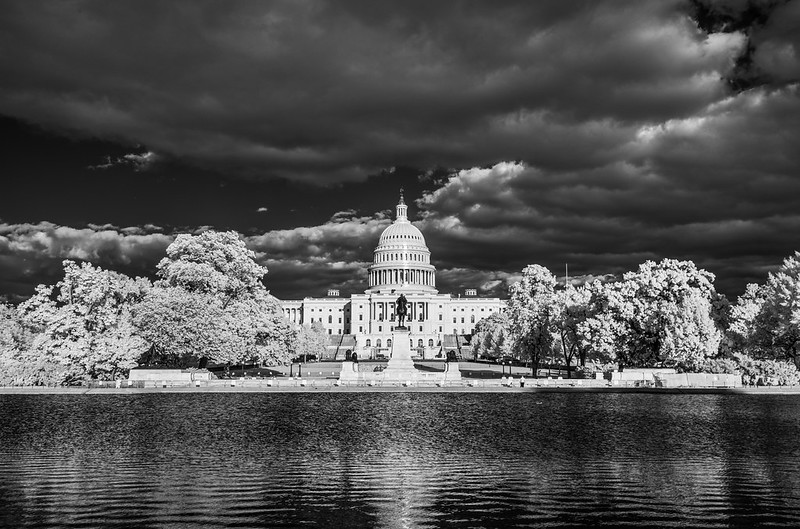Far from an attack that happened out of the blue, the Capitol riot on Jan. 6 was completely foreseen and predictable. And, while difficult to watch, the lack of enhanced security and National Guard presence, especially in contrast to last summer’s Black Lives Matter protests in DC, is emblematic of how the United States has operated for centuries, and everything the 45th administration holds dear.
For some people, the June 2020 BLM protests were a “wake-up call” that systemic racism is actually a thing that exists. The protests followed a spring of armed, conservative anti-mask protests, including the storming of the Michigan Capitol building in May, allowing us the opportunity to watch and contrast the treatment of Black protesters and white protesters within the same modern American timeframe.
As summer turned to fall, anti-mask rallies were as common as reelection rallies, and all were widely considered harmless, fringe events.
Then the election happened, and 74 million Americans voted for Donald Trump, even though he had shown his cards as an anti-science white supremacist who hoped to remain in power indefinitely.
Some called it a wake-up call.
The problem was, those 74 million voters represented many people’s friends and family (if not themselves). There was a lot of talk about radicalization and the similarities MAGA and its conspiracy theory sister QAnon have to a full-blown cult, much of it framing the radicalized as victims.
I think history bears out the reality that the cult of personality found a nerve — white America’s deep, ingrained fear of a multiracial country where power doesn’t belong exclusively to them — and hit it, rather than forcing ideology down people’s throats. But that tends to make people uncomfortable, so the victim narrative continues.
Everyone knew there was a problem that was being actively stoked after the election. The date Jan. 6 was openly anticipated like MAGA Christmas since November. You didn’t have to look on the dark web or Parler or even Facebook, but you did have to take it seriously when you saw it. It seems clear a lot of people just didn’t take it seriously. I have to believe that it was because most people, quite simply, don’t find white American terrorists scary until after they actually do something horrible.
It’s a great privilege to be seen as a nice, average person by default, even if you make racist and conspiracy posts on social media, until you become actively violent.
As the Capital riot started to die down on Wednesday, I watched a commentator on cable news explain the glaring lack of force in response to the president-incited terror attack as a matter of optics: They didn’t want to make martyrs with imagery of police and National Guard violence against the terrorists. What they really meant was that they were afraid that images of police violence against white people would cause Americans to sympathize with the terrorists.
And the thing is, that would have happened if there had been more force used against them. They weren’t wrong. But from the view of someone who is Black, or Muslim, or Indigenous, or undocumented, it’s terribly, terribly dehumanizing. We’ve seen that force used against Black people just this year without fears that “the public” would become too sympathetic to the cause. In October, a nonviolent Indigenous People’s Day protest was met with rubber bullets, tear gas and arrests. I could go on, but the point is, there is always of level of care and consideration when it comes to white criminals, even terrorists, that isn’t extended even to peaceful demonstrators from marginalized groups.
That should be the wake-up call this time. White supremacy is not just about white guys with Confederate flags, it’s about empathy, and who is granted it, not just in situations of unrest but in workplaces, schools and everyday interactions.







